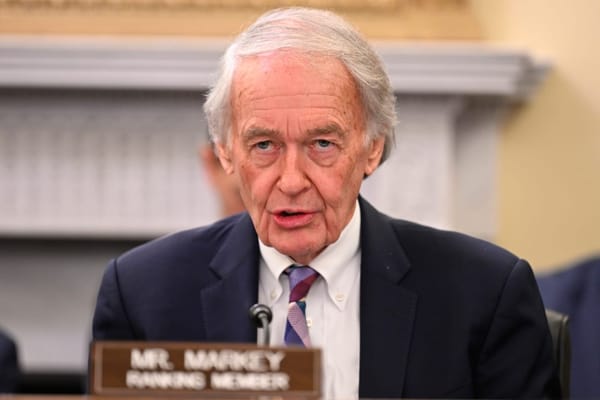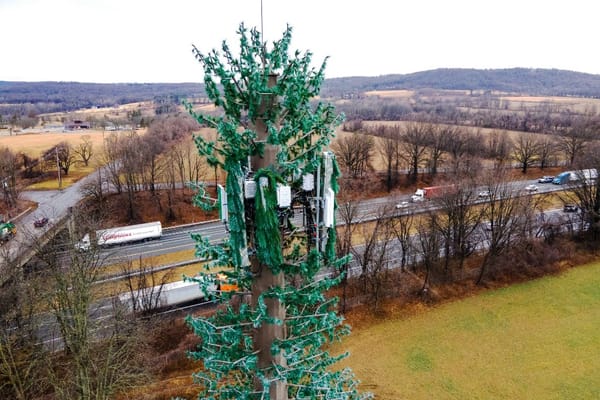Frontier Not Worried About Fixed Wireless
The company said it is still leaning into expanding its fiber footprint.
Jake Neenan

WASHINGTON, May 20, 2024 – Frontier Communications isn’t worried about fixed wireless competition in the broadband market, a company executive said on Monday.
“We believe that in a market where a customer has a choice between a fiber optic network that delivers symmetric capabilities” and a fixed wireless option, Frontier's Executive Chairman of the Board John Stratton said at a J.P. Morgan conference, “you’re going to go [with fiber] 10 out of 10 times.”
The company has put an emphasis on fiber after coming out of bankruptcy in 2021, with a goal to pass 10 million locations by the end of 2025. Frontier reported 6.8 million total passings in the first quarter of 2024, and says it’s on track to pass another 1 million by the end of the year. Stratton noted the company’s nearly 2.1 million fiber subscribers, up 18 percent year over year.
Although growth has slowed slightly, fixed wireless broadband is still expanding as of the first quarter, with T-Mobile and Verizon reporting an added 405,000 and 354,000 FWA subscribers respectively. AT&T more than doubled the size of its newly launched FWA service with 110,000 new subscribers.
“We don’t see that as a significant point of competition,” Stratton reiterated. “We recognize that it has a place in the marketplace, but from a head-to-head perspective we see virtually no impact.”
He also said the company isn’t feeling much pressure from over builds by competitive providers, which he attributed to its more aggressive plans to deploy fiber.
As a consequence of moving soon after bankruptcy to secure equipment, labor, and other necessities, “we were able to then communicate to the broader market that we intended to build 10 million passings of fiber, and that we were going to very aggressively market those in the places where we trade,” he said.
“I think that had a bit of a freezing effect on overbuilders,” he said. “From that time we’ve seen very little if any evidence of over builders in our markets. That’s not to say they don’t exist or they’re not out there – they are. I think they’ve had a tendency to enter markets where perhaps the [incumbent] provider has been slower to move to fiber.”
Stratton also dismissed the idea of overbuilds by open access networks, on which multiple providers can use the same physical infrastructure to provide service. AT&T’s open access venture with investment firm BlackRock is looking to reach 1.5 million locations with fiber on which other providers could join AT&T as tenants.
“I think my answer to open access overbuilders would be similar to the notion of a pure-play overbuilder. How open are the open access networks that AT&T launches with Gigapower?” he said. “We don’t see a whole lot of that in the critical path for our business.”
The company is working on a pilot program to attract customers who are set to lose access to Affordable Connectivity Program discounts next month, but isn’t expecting a substantial impact from the program’s sunset, Stratton said. ACP customers comprise about 4 percent of Frontier’s subscriber base.










Member discussion